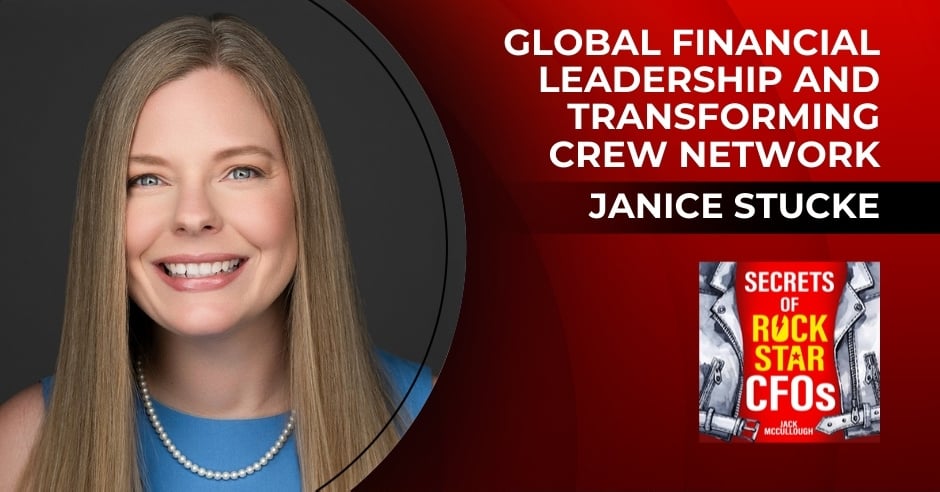To say that investor relations drive a stock’s performance ignores everything that happens inside a company, like not realizing that as a swan glides across the water’s surface, below the water line, it’s constantly paddling. However, heightening a company’s visibility to equity investors and driving analyst coverage is still essential, especially for a microcap stock trying to emerge from relative obscurity.
In the past three years, Bel Fuse, a global manufacturer of electronic components, has been on that journey of emergence, as have its shares. The company’s stock was removed from the Russel 2000 Index in May 2021. But after a significant operational and financial turnaround, Bel Fuse shares have quadrupled in the past three years (while the company has kept paying a dividend).
As CFO Farouq Tuweiq told an audience at the Nasdaq Small Cap Forum two months ago, the increase in value is “simply an output of all the efforts” the company has put into remaking itself. But it was more than that.
An engineering-focused, Wayne, New Jersey-based company selling products that power and connect electronic circuits, Bel Fuse underwent a significant self-assessment in 2021 that resulted in operational and financial changes. They included consolidating facilities, walking away from some businesses, expanding the executive team, implementing new ERP systems, changing pricing, hiring new salespeople in Europe and redoing executive comp targets and metrics.
As Bel Fuse’s turnaround became a better story to tell, and the data from a more sophisticated and connected ERP system gave executives the ability to give sharper, more thoughtful and detailed answers to prospective investors, Tuweiq says, the company engaged an investor relations consultant.
To boost awareness of the company and its stock, Bel Fuse:
Increased visibility. In 2022, Bel Fuse attended 13 or 14 investor conferences held by financial services companies. “We called every bank. We called in every chip we had. We said, ‘Just take a chance on us.'” Bel Fuse found allies, and as its margin profile improved, investors began to notice it, Tuweiq says.
Attracted research. Bel Fuse didn’t want to pay for equity analyst research. The investor conferences helped it find analysts with whom it wanted relationships and who understood the company’s story. “The analyst community is critical because they get a lot of inbound calls from investors to check on the analyst’s model,” says Tuweq. “We had some success picking up research without paying fees.”
Focused on credibility. As awareness grew, Bel Fuse executives worked to build credibility with investors. “We needed to be transparent, and maybe to a fault,” says Tuweiq. Besides describing the company’s direction, Tuweiq had to be frank about “what’s good, what’s bad, what’s ugly.” That sparked conversations and investor feedback, says Tuweiq, including helpful advice such as “You should disclose this in your earnings” or “You over-emphasize this.” The CFO needs to see investors as an asset, Tuweiq says, because they’re a valuable source of intelligence on the market and competitors.
Changes In Investor Profiles
As Bel Fuse built investor interest, the composition of its shareholder base changed. In the $200 million to $500 million market cap range, small retail investors or money managers bought the stock. Typically they wanted to know about the numbers in the next quarter or two. “That kind of initial cohort was important because they’re pretty vocal,” Tuweiq says.
When the company reached $500 to $600 million in market cap, slightly larger funds with longer investment horizons became interested. They were keen to hear about the company’s performance looking a year or two ahead. While there were exceptions, these investors tended to “dig into the story more,” says Tuweiq, asking questions, for example, about how Bel Fuse developed salespeople. The focus was equally on past and future performance, he says.
Then, as the company scaled to nearly $900 million in market cap, it started hearing from larger funds, some waiting for its value to reach a level suitable for their portfolios. These investors would call Bel Fuse on a more regular basis. “They wanted to understand our turnaround, but that was [question] number two,” says Tuweiq. “Number one was, ‘What is the company going to do to grow, organically and inorganically?'”
Dealing With Investor Demands
From an investor relations perspective, one of the unexpected challenges Tuweiq encountered as the company’s market cap grew was the divergence in investor demands. The day after Bel Fuse became cash-positive, some investors started to ask about a share buyback. “Then some said, “No, we want a [higher] dividend.’ And then we had a request for a special dividend,” says Tuweiq. Other investors wanted the company to ignore buybacks and dividends and pursue M&A deals.
Over the past three years, Bel Fuse has pursued each avenue, but at its own pace. A share buyback was announced a year ago. “You can’t be in the business of pleasing everyone, and you will hear it from the investors who are unhappy,” says Tuweiq. For a CFO, “the north star [has to be] increasing shareholder value and being a good steward of investment.”
Bel Fuse was added back to the Russell 2000 Index in September 2024.
With a market cap of $1.3 billion, the company has moved into the SEC’s large, accelerated filer category, which means more stringent reporting requirements and faster filing deadlines. On February 3, Bel Fuse announced Tuweiq would become CEO after the May 27 shareholder meeting.
“As we get bigger, the stakes get higher,” says Tuweiq. “It’s always evolutionary—you never arrive.”







